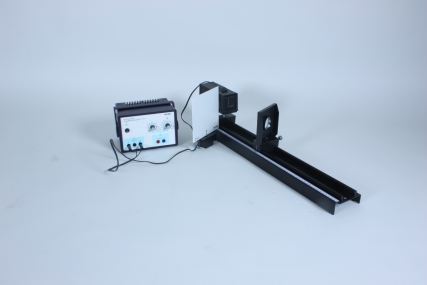setTimeout(function(){
window.print();
},500)

Technical data Law of imagery for a concave mirrorArticle no: P1067900  Principle Generally, the law of imagery is first derived theoretically or - depending on the class situation - simply stated and then experimentally confirmed or tested. The experimental testing can be conducted as suggested above. It is also conceivable that the above procedure could be used without previous knowledge of the law of imagery, then however the students do not know why the reciprocals of f, g and b are formed. This is also the case when they are simply told what the law is. Benefits
Tasks Which law is valid for images formed by a concave mirror? Investigate the correlation between the focal length, the object distance g and the image distance b which exists when real images are formed with a concave mirror. Scope of delivery
| ||||||||||||||||||||||||
PHYWE Systeme GmbH & Co. KG
Robert-Bosch-Breite 10 – 37079 Göttingen – Germany
www.phywe.com
Robert-Bosch-Breite 10 – 37079 Göttingen – Germany
www.phywe.com

